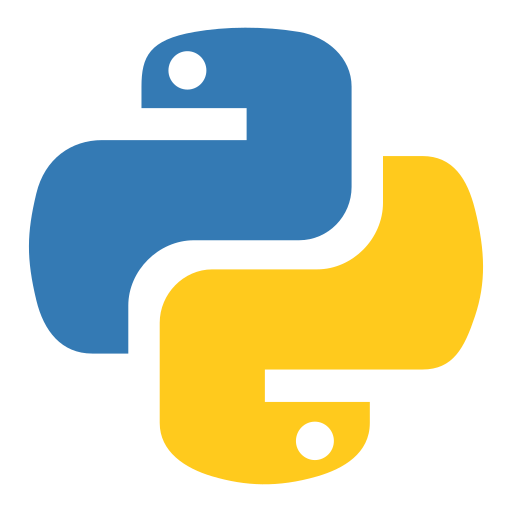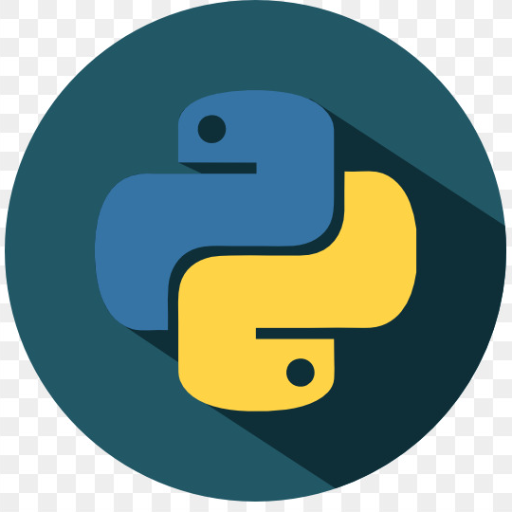Anaconda and Python Guide-Python and Anaconda Guide
AI-powered guide for Python and Anaconda
How do I install Anaconda?
What is Anaconda used for?
Can you explain Python's role in data science?
How to solve package conflicts in Anaconda?
Related Tools
Load More
Advanced Python Assistant
A friendly Python programming assistant, ready to assist you.

Python Seniorify
Wise Python tutor for intermediate coders, focusing on advanced coding principles.

Learn: Python
First steps of learning Python
Python Coding Companion
Assists in creating and understanding python applications and scripts.

Python Tutor
Concise, example-focused Python programming tutor for beginners to intermediates.

Python Assistant
A Python and programming expert, guiding users on best practices for writing clean, efficient, and well-documented Python code.
20.0 / 5 (200 votes)
Introduction to Anaconda and Python Guide
Anaconda and Python Guide is a resource designed to help users navigate the ecosystem of Anaconda, a distribution platform for scientific computing, and Python, one of the most versatile programming languages. The main goal is to provide detailed guidance on how to leverage Anaconda's package management, environment setup, and its integration with Python libraries that are essential for machine learning (ML), data analysis, and visualization. This guide caters to both beginners who need foundational knowledge and experienced developers seeking advanced tips, troubleshooting, and best practices. For example, a user may encounter challenges when setting up a Jupyter Notebook environment for a deep learning project. Anaconda and Python Guide offers step-by-step instructions on managing virtual environments, selecting the right Python packages (e.g., TensorFlow, PyTorch), and resolving potential compatibility issues. By understanding how to optimize these workflows, users can save time and enhance the efficiency of their projects.

Core Functions of Anaconda and Python Guide
Environment Management
Example
Creating and managing isolated virtual environments for different projects using Anaconda.
Scenario
A data scientist working on multiple projects needs separate environments—one with TensorFlow 2.x and another with an older version. Anaconda allows them to create and switch between these environments seamlessly, ensuring compatibility across different project dependencies.
Package Management
Example
Installing and updating Python packages via `conda` or `pip` within Anaconda.
Scenario
A machine learning engineer requires a specific version of Scikit-learn for a production model but needs the latest version of Matplotlib for visualization. Anaconda simplifies the process of installing and managing package versions without conflicts, ensuring the correct libraries are used in each environment.
Jupyter Notebook Integration
Example
Launching and running Jupyter Notebooks through Anaconda Navigator or from the command line.
Scenario
A researcher is using Jupyter Notebooks for interactive data analysis. Anaconda allows for easy integration with Python libraries such as Pandas, NumPy, and Matplotlib, enabling them to visualize data, write code, and document findings in a single, accessible environment.
Target Users of Anaconda and Python Guide
Data Scientists and Machine Learning Engineers
This group benefits from the ability to manage environments and dependencies across various ML frameworks (e.g., TensorFlow, Scikit-learn). Anaconda simplifies package installation, version control, and environment isolation, which are critical for ensuring reproducibility and stability when training models on different data sets.
Researchers and Academics
Researchers who rely on Python for scientific computing, statistics, or data visualization can use Anaconda to streamline their workflow. The guide helps them navigate Jupyter Notebooks, set up research environments, and leverage libraries like NumPy, Pandas, and SciPy. This ensures they can focus on the research itself without being bogged down by technical setup issues.

How to Use Anaconda and Python Guide
Visit aichatonline.org
Start by visiting aichatonline.org for a free trial without needing a login. No subscription to ChatGPT Plus is required.
Install Anaconda
Download and install Anaconda from the official website (anaconda.com). Ensure your system meets the necessary requirements for a smooth installation process.
Set Up Your Environment
Create a virtual environment within Anaconda for Python development. This isolates your projects and helps manage dependencies efficiently.
Explore Python Libraries
Explore Python's vast ecosystem of libraries, such as NumPy, pandas, and scikit-learn. Install them via Anaconda’s package manager (conda) or pip.
Consult the Python Guide
Leverage the Python Guide within the platform for detailed documentation, use-case examples, and tips. Use it for troubleshooting, learning new frameworks, or optimizing code.
Try other advanced and practical GPTs
Active Campaign Expert
AI-powered automation for marketing success

PDF Summary
AI-powered PDF summarization made easy

Franzi's Quest
Embark on an AI-driven pirate adventure

Boolio Global Invest GPT
AI-Powered Investment Analysis and Insights
Unity Game Programming Patterns
AI-powered patterns for game development.

Mr. Traductor PDF Pro
AI-powered PDF translations made easy

Translate German to English
AI-powered German to English Translation

Toronto Real Estate Expert
AI-powered insights for Toronto real estate
KaliGPT
AI-powered cybersecurity and OSINT assistant

Podcast Pro 2
AI-Powered Podcast Production Made Easy

BoligutleieGPT - av Utleiemegler Sør
AI-powered rental law assistant.
Prompt Designer -Hephaestus your prompt blacksmith
AI-powered prompt crafting made easy

- Automation
- Web Development
- Machine Learning
- Scripting
- Data Science
Detailed Q&A about Anaconda and Python Guide
What are the main benefits of using Anaconda for Python development?
Anaconda simplifies package management and environment configuration. It includes the conda package manager, making it easier to install complex libraries without dependency issues. It also provides Jupyter Notebooks, which are ideal for data science tasks.
How can Anaconda help with managing dependencies for machine learning projects?
Anaconda allows users to create isolated environments for different projects, preventing library conflicts. For machine learning, this is crucial because different frameworks or versions may be required for different models.
Why should I use Anaconda instead of just Python and pip?
Anaconda comes with pre-installed data science libraries, tools like Jupyter Notebook, and the conda package manager, which handles dependencies more efficiently than pip in certain cases. It's particularly beneficial for managing large, complex packages.
Can Anaconda and Python Guide be used for web development?
Yes, Anaconda supports web development frameworks like Flask and Django. The Python Guide can provide relevant tips, documentation, and troubleshooting for web-based projects, though its main focus is on data science and machine learning.
What are some tips for optimizing Python code using this guide?
The Python Guide offers strategies such as vectorizing code with NumPy, using list comprehensions, and parallelizing tasks with libraries like Dask to enhance performance. You’ll also find tips on memory management and reducing computational complexity.